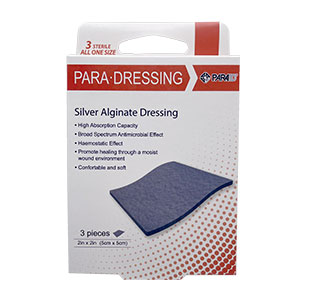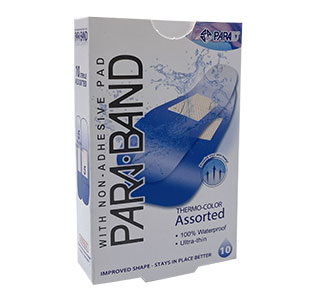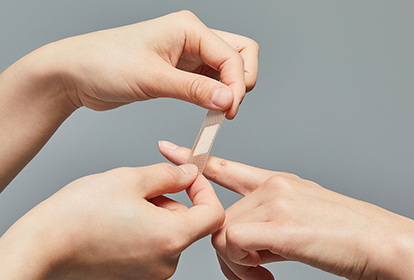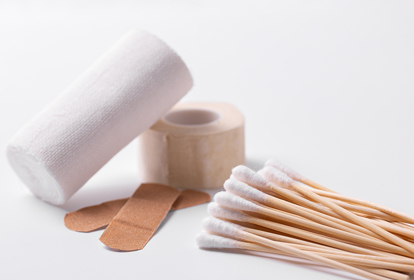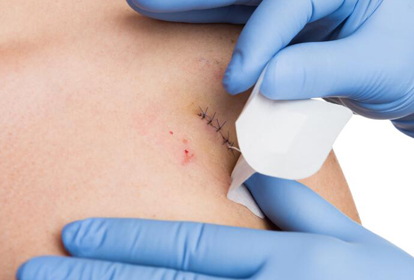When it comes to wound care, one common question that arises is how often one should change a wound dressing. Proper wound dressing plays a crucial role in the healing process, but it's essential to strike the right balance to promote optimal recovery while avoiding unnecessary disturbance to the injured area. In this guide, we'll explore the factors influencing the frequency of changing wound dressings and
provide insights into best practices.
Assessing the Type of Wound
Not all wounds are created equal, and the type of wound often dictates the frequency of dressing changes. Superficial wounds may require less frequent changes, while deep or heavily exuding wounds may demand more frequent attention. Understanding the nature of the wound is the first step in determining the appropriate dressing change schedule.
Monitoring Wound Healing Progress
Regularly monitoring the healing progress of the wound is essential. If the wound is healing well and there are no signs of infection, changing the dressing less frequently may be appropriate. Conversely, if there are indications of infection or delayed healing, more frequent changes might be necessary to promote a healthy healing environment.
Exudate Management
Exudate, the fluid that oozes from a wound, plays a crucial role in the healing process. The amount and consistency of exudate influence how often a wound dressing should be changed. Dressings designed for high exudate absorption may require more frequent changes to maintain a clean and moist environment.
Infection Risk and Sterility
The risk of infection is a significant consideration when determining how often to change a wound dressing. If there are signs of infection, such as increased redness, swelling, or pus, more frequent changes are necessary to prevent the spread of bacteria. Maintaining a sterile environment during dressing changes is paramount to prevent complications.
Consulting Healthcare Professionals
When in doubt, seek guidance from healthcare professionals. The specific needs of a wound can vary, and healthcare providers can offer personalized advice based on the individual's overall health, the nature of the wound, and the chosen dressing. Regular follow-ups with healthcare professionals ensure that the wound healing process is on track.
In conclusion, there is no one-size-fits-all answer to the question of how often to change a wound dressing. It depends on various factors, including the type of wound, healing progress, exudate management, infection risk, and professional advice. Being attentive to these factors and adopting a proactive approach to wound care can contribute to a smoother healing journey. If in doubt, always consult with healthcare professionals for guidance tailored to your specific situation.
 English
English

